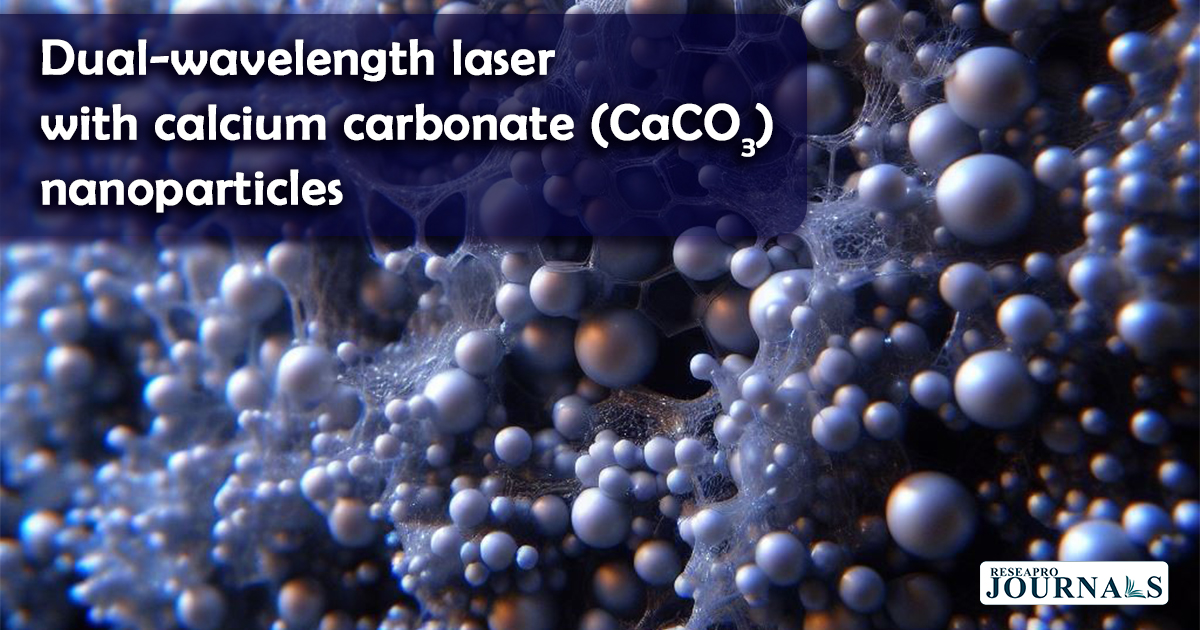 Researchers have developed a new type of laser that uses calcium carbonate nanoparticles to generate pulses of light at two different wavelengths. The laser is compact, stable, and has a wide range of pulse repetition rates and pulse widths, making it a promising candidate for portable laser applications. The laser was developed by a team of researchers at the University of Colorado Boulder. The team used a drop-casting method to embed calcium carbonate nanoparticles in a polyvinyl alcohol (PVA) polymer film. This film was then integrated into a ring laser cavity with a 976 nm pump to generate Q-switched pulses. The researchers found that the laser could generate pulses of light at two different wavelengths: 1553.5 nm and 1564.9 nm. The pulse repetition rate could be varied from 12.67 kHz to 21.3 kHz, and the pulse width could be varied from 35.27 μs to 18.74 μs. The laser also had a signal-to-noise ratio of approximately 25 dB, highlighting its stability. The researchers believe that the new laser could be used in a variety of applications, including laser surgery, materials processing, and environmental sensing. The laser’s compact size and stability make it particularly well-suited for portable applications.
Researchers have developed a new type of laser that uses calcium carbonate nanoparticles to generate pulses of light at two different wavelengths. The laser is compact, stable, and has a wide range of pulse repetition rates and pulse widths, making it a promising candidate for portable laser applications. The laser was developed by a team of researchers at the University of Colorado Boulder. The team used a drop-casting method to embed calcium carbonate nanoparticles in a polyvinyl alcohol (PVA) polymer film. This film was then integrated into a ring laser cavity with a 976 nm pump to generate Q-switched pulses. The researchers found that the laser could generate pulses of light at two different wavelengths: 1553.5 nm and 1564.9 nm. The pulse repetition rate could be varied from 12.67 kHz to 21.3 kHz, and the pulse width could be varied from 35.27 μs to 18.74 μs. The laser also had a signal-to-noise ratio of approximately 25 dB, highlighting its stability. The researchers believe that the new laser could be used in a variety of applications, including laser surgery, materials processing, and environmental sensing. The laser’s compact size and stability make it particularly well-suited for portable applications.



